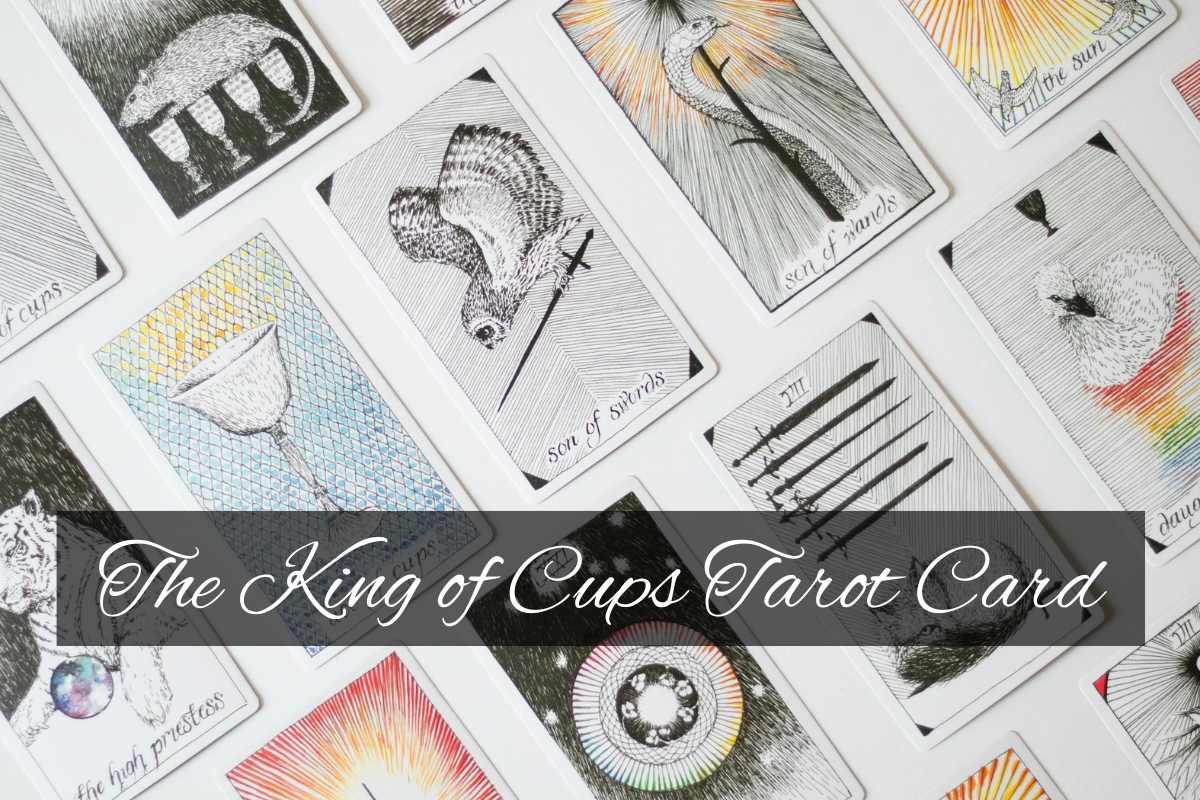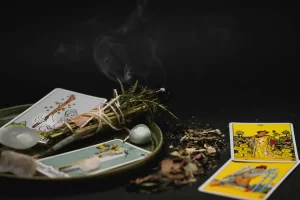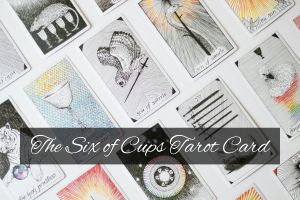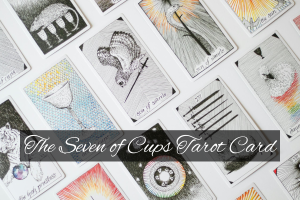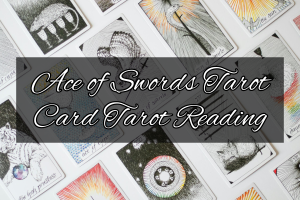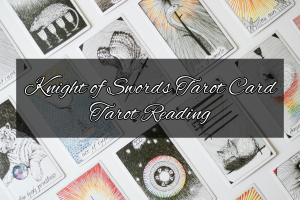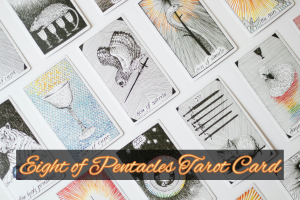The Tarot deck, with its 78 cards forming a profound narrative of human experience, serves as a timeless guide to our emotions, relationships, and spiritual evolution. Within the Minor Arcana, the King of Cups stands as a commanding yet serene figure, embodying the pinnacle of emotional mastery, wisdom, and compassionate authority. As part of the suit of Cups—aligned with water, emotions, intuition, and connections—this card represents the ultimate expression of the heart’s realm, synthesizing the sensitivity of the Page, the passion of the Knight, and the nurturing depth of the Queen into a balanced and powerful presence.
In this article, we will undertake a comprehensive journey through the King of Cups, tracing its historical roots, unpacking its rich symbolism, analyzing its layered meanings, and reflecting on its role in contemporary Tarot practice. By the end, you’ll have a deep understanding of this card’s regal energy and its significance in navigating the complexities of emotional leadership and inner harmony.
Historical Context of the Tarot and the Suit of Cups
To fully appreciate the King of Cups, we must first situate it within the broader history of the Tarot. The Tarot emerged in 14th- and 15th-century Europe as a card game, notably in Italy with decks like the Visconti-Sforza. Initially a recreational pursuit for the nobility, it transformed into a divinatory tool by the 18th century, propelled by occultists like Antoine Court de Gébelin and Jean-Baptiste Alliette (Etteilla), who infused it with esoteric depth and symbolic resonance.
The Minor Arcana’s four suits mirror traditional playing cards, with Cups corresponding to Hearts. Governed by the element of water, the Cups suit embodies emotions, intuition, and relational dynamics. Historically, cups or chalices have symbolized emotional abundance, spiritual nourishment, and the vessels of the soul—evoking the Holy Grail in Christian mythology or the cauldrons of Celtic lore. The court cards within each suit—Page, Knight, Queen, and King—represent distinct personalities or stages of development, with Kings embodying authority, mastery, and the outward expression of their suit’s energy.
The King of Cups inherits this legacy as the suit’s sovereign, capturing the strength of emotional control, the wisdom of experience, and the grace of compassionate leadership—a theme that shines through its imagery and interpretations.
Symbolism of the King of Cups in the Rider-Waite Deck
The Rider-Waite Tarot deck, illustrated by Pamela Colman Smith under Arthur Edward Waite’s direction and published in 1909, provides the most iconic depiction of the King of Cups. Its poised imagery serves as a cornerstone for understanding the card’s meaning.
In this portrayal, a mature man sits on a throne that appears to float atop a turbulent sea, his expression calm and composed. He wears a blue robe adorned with fish motifs and a golden crown, holding a large chalice in one hand and a scepter in the other. Behind him, the ocean churns with waves, yet a ship sails steadily and a fish leaps from the water, suggesting a balance between chaos and control. The sky is clear, enhancing the sense of stability amidst the emotional currents.
The symbolism is profound and layered:
- The King: Regal and steady, he embodies emotional authority, wisdom, and the ability to govern feelings with grace. His maturity suggests experience and self-mastery.
- The Chalice: Held confidently, it represents the depth of emotions, intuition, and the soul’s capacity to contain and offer nourishment.
- The Scepter: A symbol of power and control, it underscores his ability to direct emotional energy purposefully.
- The Sea: Turbulent yet mastered, it ties to the Cups suit, reflecting the emotional realm he rules with calm authority.
- The Throne: Floating above the waves, it signifies his transcendence over emotional turmoil, rooted in stability.
- The Fish: Leaping from the sea, it echoes the subconscious and intuition, affirming his connection to inner wisdom.
- The Ship: Sailing smoothly, it suggests resilience and navigation through life’s storms.
- The Colors: Blues, golds, and hints of red evoke calmness, divinity, and controlled passion.
Together, these elements frame the King of Cups as a card of emotional balance, compassionate leadership, and the strength to remain steady amid life’s waves. It’s a portrait of poise that invites the viewer to trust in emotional resilience.
General Meaning of the King of Cups
At its core, the King of Cups embodies the mastery of emotions—a state where intuition, compassion, and authority harmonize to guide oneself and others. It often appears when the seeker is called to lead with empathy, maintain calm in chaos, or embody a wise and supportive presence. When this card surfaces in a reading, it signals a time of emotional strength—a call to balance heart and mind, offer counsel, or navigate challenges with grace.
In its most inspiring light, the King of Cups radiates stability, kindness, and the power of controlled passion. It’s the steady hand of a mentor, the wisdom of a counselor, or the peace of self-assurance. Yet, it also carries a shadow: repression of feelings, detachment, or the burden of carrying others’ emotions. The card challenges us to wield our emotional power responsibly, ensuring we remain connected yet sovereign.
Upright vs. Reversed Interpretations
The orientation of the King of Cups shifts its message, offering distinct perspectives in upright and reversed positions.
Upright King of Cups
When upright, the King of Cups emphasizes emotional mastery and compassionate authority. Its key meanings include:
- Emotional Balance: Control and harmony over feelings.
- Compassion: Leading with empathy and understanding.
- Wisdom: Intuitive insight and emotional intelligence.
- Support: A guiding, stabilizing presence for others.
In a reading, the upright King of Cups might suggest a wise figure offering support, a moment of calm leadership, or a call to embody emotional strength. It’s a card of “I’ve got this”—a steady hand on the helm.
Reversed King of Cups
Reversed, the King of Cups suggests a disruption or misuse of this energy. Possible interpretations include:
- Emotional Repression: Suppressing feelings or appearing cold.
- Manipulation: Using emotional insight to control others.
- Overwhelm: Struggling to maintain balance amid turmoil.
- Weakness: Lack of emotional authority or instability.
The reversed card can indicate a need to reclaim control or a warning against losing emotional grounding. It’s a pivot from mastery to vulnerability.
The King of Cups in Different Reading Contexts
The King of Cups adapts its meaning to the question or spread, offering nuanced guidance. Here’s how it might manifest:
- Love and Relationships: Upright, it’s a partner who supports with wisdom. Reversed, it suggests emotional distance or manipulation.
- Career: Upright, it indicates a compassionate leader or counselor role. Reversed, it might mean workplace instability or suppressed frustration.
- Personal Growth: Upright, it’s mastering self-compassion. Reversed, it’s addressing emotional blocks.
- Spirituality: Upright, it reflects deep spiritual calm. Reversed, it signals a disconnect from inner peace.
In a three-card spread, the King of Cups in the “present” position might highlight current stability, while in the “future” position, it could predict a wise influence ahead.
The King of Cups in Combination with Other Cards
The King of Cups interacts with surrounding cards to enrich the narrative. Here are some pairings:
- With The Emperor: Authority balancing emotion and structure.
- With The Moon: Intuition clouded by uncertainty.
- With the Two of Cups: Emotional leadership fostering connection.
- With The Devil: Compassion twisted into control.
- With The Star: Hope guiding emotional wisdom.
These combinations position the King of Cups as a anchor, amplifying themes of stability or challenge.
Psychological and Archetypal Perspectives
Psychologically, the King of Cups aligns with emotional regulation—Daniel Goleman’s emotional intelligence at its peak—or the Freudian ego mediating id and superego with compassion. From a Jungian lens, he might represent the mature Self, integrating the anima/animus into a balanced whole. It’s a card of the psyche in command, steady amid the tides.
Archetypally, the King of Cups evokes the “Wise Ruler” or “Healer King”—seen in figures like King Solomon dispensing wisdom or the Fisher King guarding the Grail. It’s the benevolent lord, the sage, the heart’s steady captain.
The King of Cups in Modern Tarot Practice
In contemporary Tarot, the King of Cups resonates with modern ideals—leading with empathy, balancing emotion in a rational world, or offering support in turbulent times. Practitioners often tie it to mentorship, therapy, and the strength of calm authority.
Modern decks reinterpret it—like the Wild Unknown’s swan king—yet its essence of mastery endures. It’s a staple in leadership discussions and Tarot blogs, symbolizing the power of emotional resilience.
Practical Applications: Engaging with the King of Cups
For those drawn to the King of Cups, it offers practical ways to harness its energy:
- Meditation: Visualize sitting on a throne above waves, holding a chalice.
- Journaling: Reflect on how you lead with emotion or support others.
- Ritual: Fill a cup with water, blessing it with stability.
- Affirmation: “I lead with compassion and master my emotions.”
In readings, ask: “How can I embody emotional strength?” or “Who needs my guidance?” The card becomes a guide to wise stewardship.
Cultural and Artistic Influence
The King of Cups inspires art and narrative—from regal portraits to tales of benevolent rulers. Its imagery fuels poetry about emotional depth and songs of steady hearts, marking it as a cultural emblem of the soul’s command.
Conclusion: The Regal Grace of the King of Cups
The King of Cups is a majestic, steady gift—a card that honors emotional mastery, offers compassionate leadership, and balances the heart’s tides. Whether it signals wisdom, support, or inner calm, it reminds us that true power lies in empathy and control. Its symbolism, rooted in tradition and refreshed for today, speaks to our universal need for stability and connection.
To draw the King of Cups is to sit above the waves, chalice and scepter in hand, heart sovereign. In his reign, we find the courage to lead—and the grace to heal.
